Doseong (도성)
10.7Km 2021-03-26
15, Jahamun-ro 7-gil, Jongno-gu, Seoul
+82-2-738-8885
Sujebi jjambbong (Korean spicy seafood noodle soup with hand-pulled dough) is also a popular menu. This restaurant's signature menu is noodles in black bean sauce. This Korean dishes restaurant is located in Jongno-gu, Seoul.
Parc Sajik à Séoul (사직공원(서울))
10.7Km 2022-09-19
89, Sajik-ro, Jongno-gu, Seoul-si
+82-2-2148-2834
Le parc Sajik est l’un des trois parcs les plus populaires de Jongno-gu, avec le parc Tapgol et le parc Samcheong. Situé à l’Ouest du complexe du gouvernement central, au Sud-Est du mont Inwang, le parc possède la taille impressionnante de 188,710 m².
Le nom du parc remonte à 1395, lorsque Taejo Lee Sung-gye construisit le premier Sajikdan (autel dédié aux divinités d’Etat), avec en son centre, le sanctuaire Jongmyo (sanctuaire ancestral royal). « Sa » désigne la divinité de la terre, tandis que « jik » se réfère au dieu des cinq céréales. Des rituels pour obtenir une bonne récolte avaient lieu régulièrement au Sajikdan. Néanmoins, le site n’a pas été reconnu officiellement comme parc jusqu’en 1922, lors de la période coloniale japonaise.
Dans le parc, on trouve plusieurs terrains de jeux, des statues de Sin Saimdang, Hwanghakjeong et Yi I (souvent mentionné sous son nom de plum « Yulgok »), ainsi que la bibliothèque municipale des enfants. Le sanctuaire de Dangun et la bibliothèque de Jongno se trouvent à proximité. En suivant le sentier près du parc Sajik pendant environ 5 minutes, les visiteurs peuvent atteindre le parcours de randonnée du mont Inwang relativement facilement.
Hangeureut (한그릇)
10.7Km 2021-03-18
136, Samcheong-ro, Jongno-gu, Seoul
+82-2-720-5613
A store that also serves delicious meat noodles. The best menu at this restaurant is rice soup. This is a Korean cuisine located in Jongno, Seoul.
Nunnamujip (눈나무집)
10.7Km 2020-06-16
136-1, Samcheong-ro, Jongno-gu, Seoul
+82-2-739-6742
Nunnamujip is famous for a North Korean dish called, “Kimchi mari guksu”, which is a noodle dish in cold kimchi soup containing toasted laver, a boiled egg, and sesame. The soup is refreshingly cold and a little spicy. For “Kimchi mari bap”, a bowl of rice is put into cold kimchi soup instead of noodles. The taste is very unique. In addition to Kimchimari, “Tteokgalbi” is a popular dish on the menu as well.
The main restaurant is located in the basement, which has only limited seating capacity with a few tables. As a result, many people usually wait in line for lunch or dinner. A second franchise has opened in a three-story building across the street. To enjoy a quaint atmosphere, the first establishment is better, but the new one’s interior design is much more modern and fancier, giving it a fresh altering look.
Velvet Moon (벨벳문)
10.7Km 2021-03-26
39, Jahamun-ro 5-gil, Jongno-gu, Seoul
+82-10-4028-9957
This coffee shop roasts coffee beans directly. This Korean dishes restaurant is located in Jongno-gu, Seoul. The most famous menu is espresso.
Darakjeong (다락정)
10.7Km 2021-03-26
131-1, Samcheong-ro, Jongno-gu, Seoul
+82-2-725-1697
Darakjeong has been popular for a long time because of the simple taste of its traditional Mandu (Korean stuffed dumpling). Since its opening in 1991, tasty soup and scrumptious Mandu have been served. A fist-sized Mandu is fully packed with seasoned meat, bean-curd, and various vegetables. Its thick dough makes it chewy and delightful. For one person, “Manduguk”(boiled dumpling soup) is a good choice. The delicious and nourishing taste of Mandu goes well with the sweet, spicy, and fresh taste of the soup. Manduguk is served in a brass bowl which keeps the food warm while eating. For a large-size group, “Mandujeongol” cooked with various vegetables in a casserole is recommended. There are two types of Mandujeongol that have different tastes. The main characteristic of “Kimchi Mandujeongol” is its spicy flavor, which reminds people of the refreshing taste of Kimchi soup, and “Tojang Mandujeongol” expounds on the savory taste of bean-paste soup. Tojang means folk soybean-paste. “Nokdujeon”(a Korean pan-fried dish with green mung bean) is another famous dish at Darakjeong, which is pan-fried with a very light seasoning to emphasize the original taste of Nokdu (green mung bean). Salted oysters with hot pepper are served with Nokdujeon instead of soy sauce, which is a perfect match.
63 Square (63스퀘어)
10.7Km 2022-08-03
50, 63-ro, Yeongdeungpo-gu, Seoul-si
+82-2-789-5663
63 Building, le plus haut aux alentours du Fleuve Hangang, est un complexe multi-touristique, avec sa tour d’observation et une variété d’installations pour se divertir. Il est situé tout près du Fleuve Hangang et ses murs en verre dorés qui réflètent, font rougeoyer la région avoisinante dans sa lumière d’or. C’est pour cette raison qu’on l’appelle souvent, la “Tour en Or”.
Ce Bâtiment qui fait 63 étages, a la plus grande tour d’ observation en Corée, et il a également un théâtre IMAX, des restaurants, un centre commercial et un aquarium. La meilleure attraction au 63 Building est probablement sa tour d’ observation. Lorsque vous montez en ascenseur qui est en verre jusqu’à la tour d’observation, vous pouvez voir tous les alentours de la capitale, et les jours clairs, vous pouvez même voir la Mer d’Incheon. Le soir, le Fleuve Hangang, ses ponts très bien éclairés et la circulation des voitures, tout est en harmonie pour créer un panorama spectaculaire. L’aquarium a plus ou moins 400 sortes de vies de mer, 20.000 d’elles au total, qui se font voir dans leurs équipements intérieurs. Depuis les poissons de rivières et de mer, depuis les poissons tropicaux jusqu’aux régions de la jungle ou des régions polaires, toutes sortes de poissons et d’autres créatures de la mer y sont rassemblées.
Le théâtre IMAX a environ la hauteur d’un bâtiment de 6 étages et a des speakers ultra larges et un bon système du son. Il a un programme pour l’interprétation simultanée des langues étrangères pour les visiteurs étrangers. Il y a également des restaurants, un bar, un club santé, un sauna, un bowling, un centre commercial, et divers restaurants de spécialités et autres facilités afin de mettre les touristes plus à l’aise.
GOGHI (고희)
10.7Km 2021-03-26
17, Jahamun-ro 12-gil, Jongno-gu, Seoul
+82-2-734-4907
A good café to have a meal as it has a brunch menu as well as drinks. This cafe is located in Jongno-gu, Seoul. The representative menu is americano.
63 Buffet Pavilion (63뷔페 파빌리온)
10.7Km 2020-05-07
50, 63-ro, Yeongdeungpo-gu, Seoul
+82-2-789-5731
63 Buffet Pavilion is the largest buffet restaurant in Korea,
seating 500 people. It serves 200 dishes including Korean, Chinese, Japanese, and Western foods, as
well as salads and made-to-order items. The atmosphere is luxurious but comfortable, attracting many customers. This restaurant is well-known among gourmets for its massive spread of delicious
dishes.
All the chefs are winners of international cooking contests, and only fresh ingredients are used for
the dishes. Special events are held throughout the year. In particular, the special
grilled clam cognac flambé event held in May serves fresh clams cooked on site, allowing
diners to savor the taste of the sea.
Seochon Guest House [Korea Quality] / 서촌 게스트하우스 [한국관광 품질인증]
10.7Km 2023-04-07
28-3, Jahamun-ro 7-gil, Jongno-gu, Seoul
+82-010-3345-9680
Seochon Guest House is located in Seochon, which is becoming a hot place for tourists in Seoul, and precisely on the road to Suseong Valley, whichis filled with interesting stores and is also well-known for Park Nosoo Art Gallery and the House of Yun Dong-ju (poet). Seochon Guest House is nicknamed ‘Jaeminangol (interesting village)’ after Baekseok’s poem ‘Yeowunangol’, with the aim of providing a visit full of interesting experiences. Passing through a garden and entering the main building, the unique charm of this hanok building, the staircase to get to the first floor from daecheong (main floored room), catches the eye of the visitors. In addition, the building is decorated with various stylish objects including paintings and Korean musical instruments. The terrace situated on the first floor offers an open view of the surrounding area including roof tiles of hanok structures and alleyways in Seochon. It is said that Korean novelist Yoon Hu-myeong also appreciated the structure of the guesthouse, saying, “It is an interesting place.” Built in the 1930s, the house, which has many storage places, was taken by the owner couple in spring 2014 as they were attracted by the house during their trip to Seochon. After the repair work, the ground floor of the house was opened for guests from January 2016, hoping that guests could share their daily experiences and stories with each other. The guestrooms and the main floored room on the ground floor are open to guests, with the exception of the first floor, which is used by the owner couple. The living room is equipped with books, a curved TV, and a table. The tasty meal, which is served in the kitchen, consists of rice and soup with six side dishes and is much loved by guests. The guesthouse offers a total of four rooms – Jae Room, which is the most Korean-style room; Mi Room, which has a combined style of a Korean-style room and Western-style room; Nan Room, which is an ideal room for meditation with a beautiful paper window; and Ahn Room, which is equipped with a veranda and a pretty flowerbed. Every room has its separate charm with various comfortable bedding to provide a quiet and cozy bedroom for guests in the middle of the city. Furthermore, the guesthouse holds a pansori (epic chant) performance twice a year. The owner started learning how to sing pansori to promote the Korean culture and tradition to foreigners. When a pansori performance is held, the owner offers traditional Korean snacks and drinks including sikhye (sweet rice punch), sujeonggwa (cinnamon punch), traditional sweets and cookies, and tteok (rice cakes) to visitors, tourists, and performers. Moreover, it provides cultural programs such as a Gukak (Korean classical music) experience, Korean traditional clothes experience, and making Korean food experience, as well as other activities with guests, such as trip to the city wall between Inwangsan Mountain and Bugaksan Mountain, and the Royal Palace Tour to Gyeongbokgung Palace, etc., as well as a trip to a traditional market.
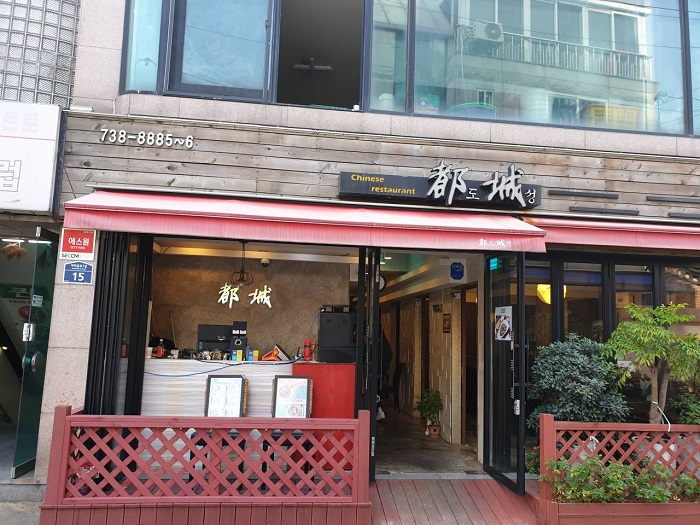
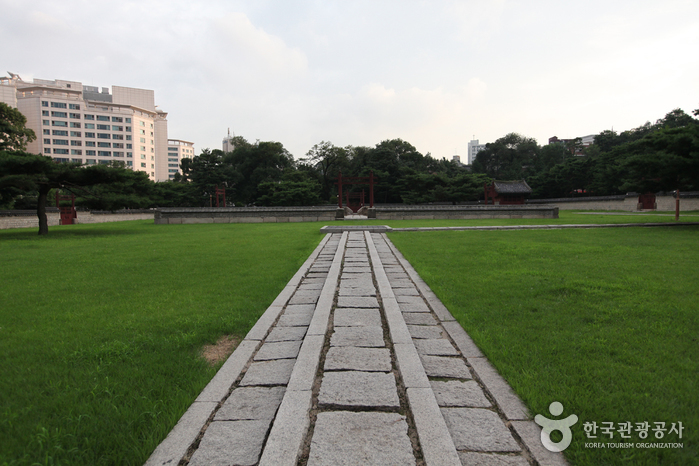
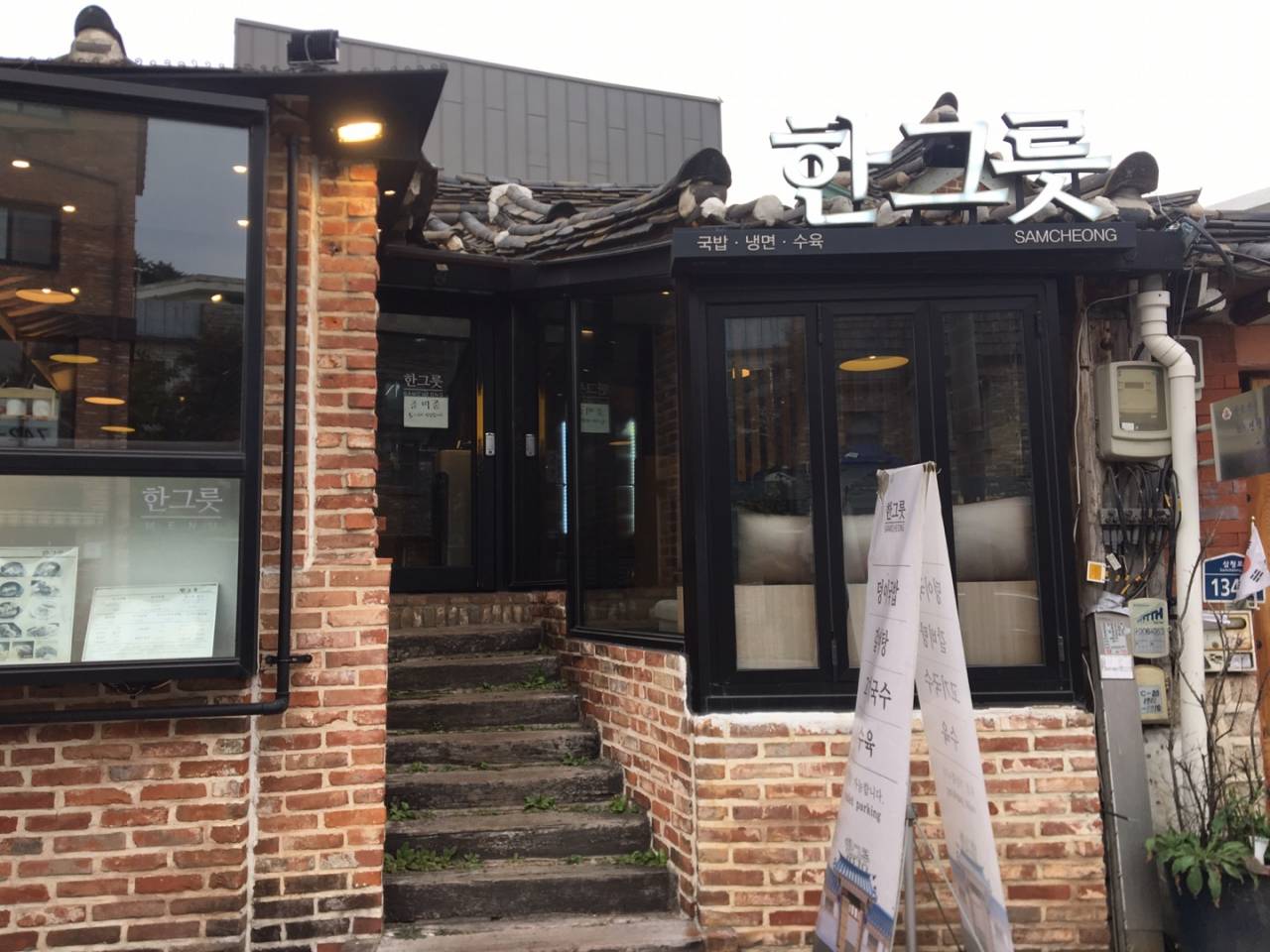
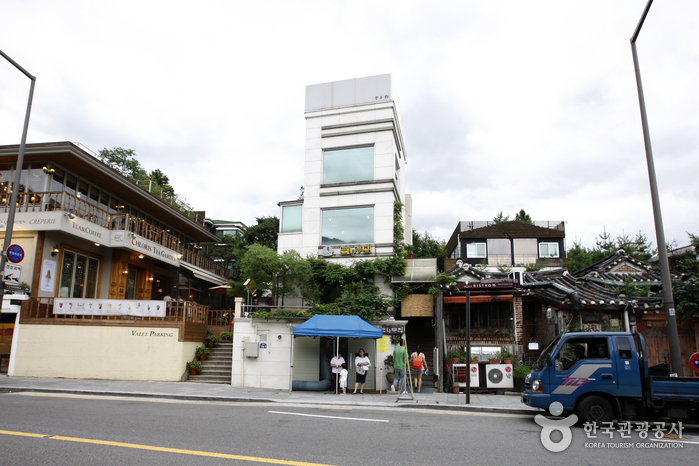
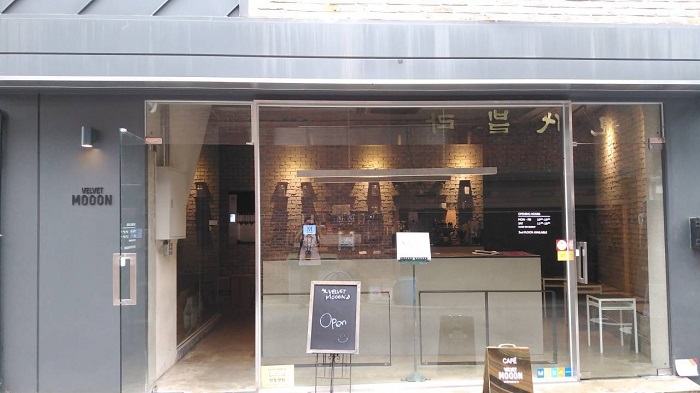

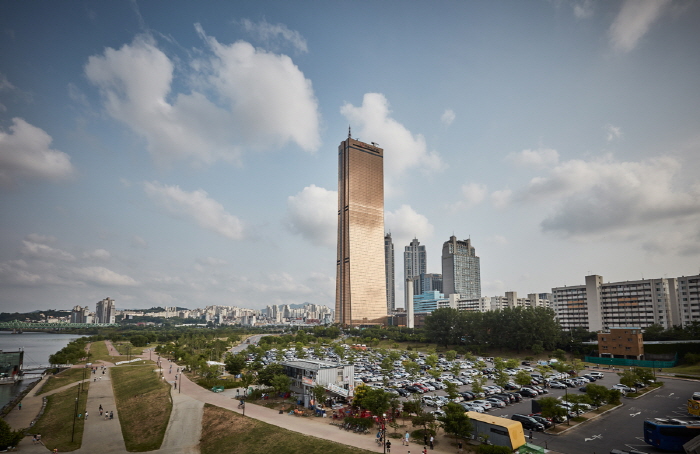
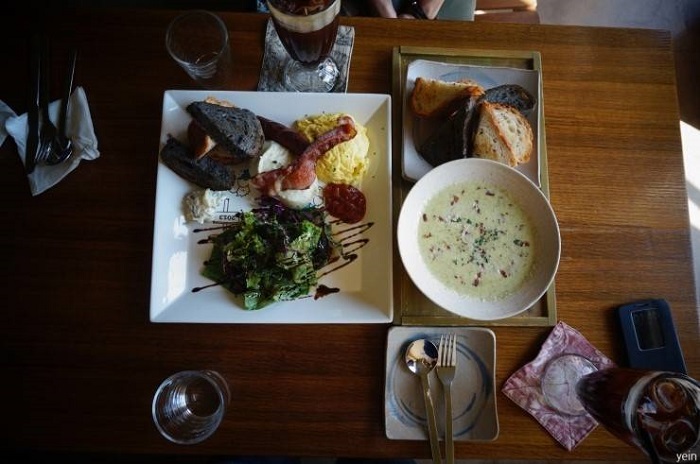

![Seochon Guest House [Korea Quality] / 서촌 게스트하우스 [한국관광 품질인증]](http://tong.visitkorea.or.kr/cms/resource/41/2447241_image2_1.jpg)
 Français
Français
 한국어
한국어 English
English 日本語
日本語 中文(简体)
中文(简体) Deutsch
Deutsch Español
Español Русский
Русский